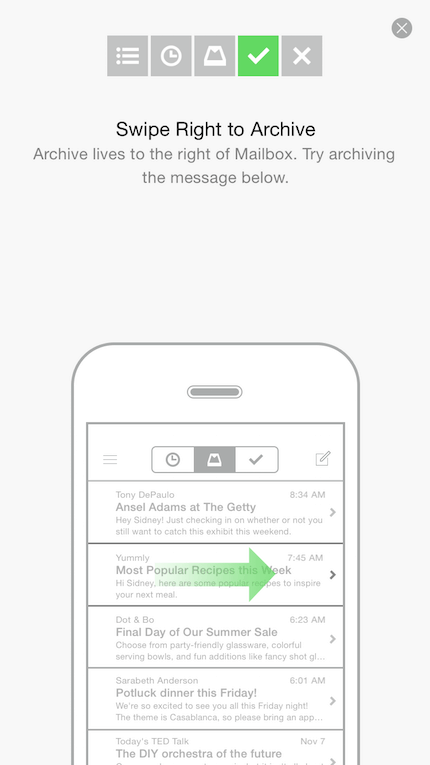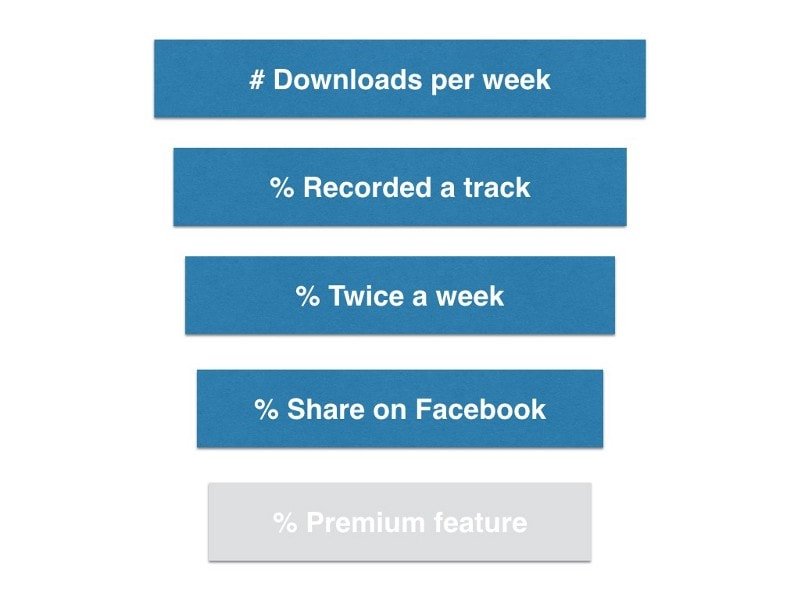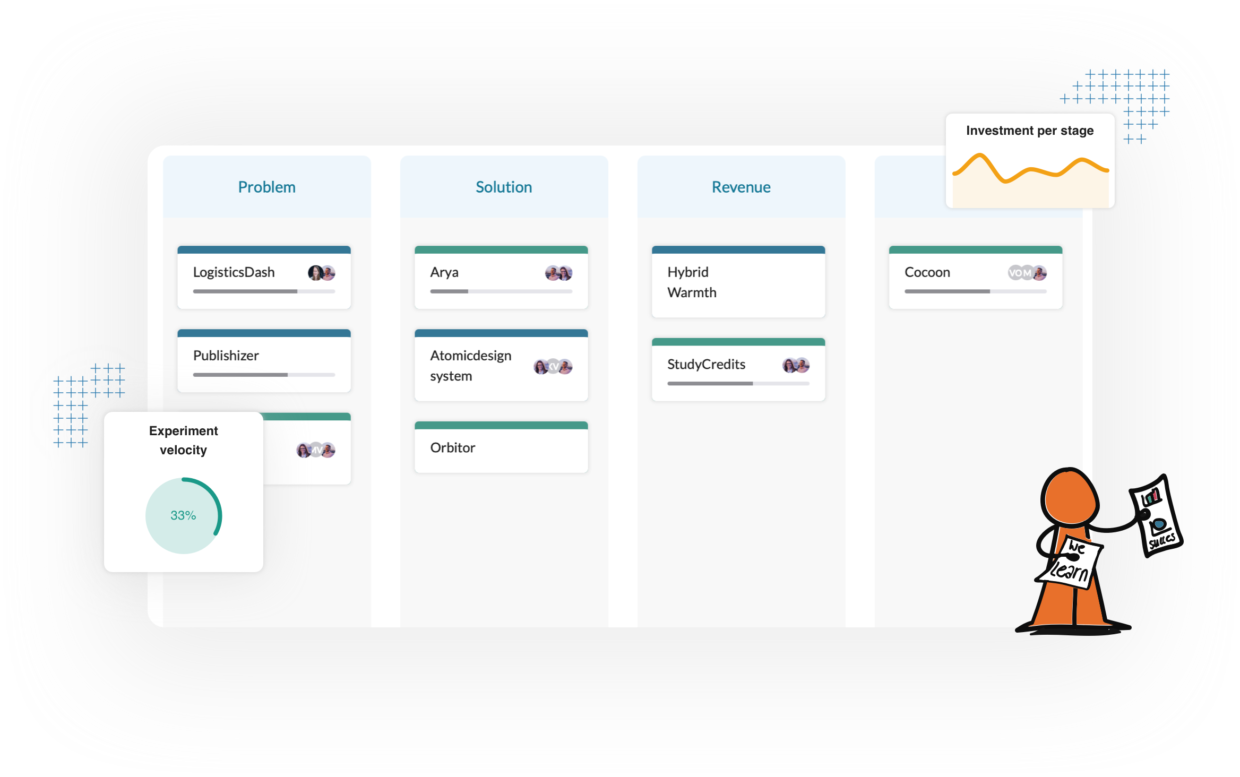AARRR — An analytics framework for startups

In the previous two posts we gave you an introduction to analytics, discussed vanity metrics and the criteria for good metrics. In this post we’d like to introduce the Pirate Metrics, an analytics framework created by Dave McClure of 500 startups.

It’s called Pirate Metrics not just because Dave McClure seems to be a big fan of pirates, but mostly because of AARRR. AARRR stands for Acquisition, Activation, Retention, Referral and Revenue. These 5 metrics are great for startups, because they cover the whole lifecycle of a user, are easy to understand and because the Pirate metrics are widely adopted also comparable between startups.
So let’s dive a bit deeper in these 5 categories and explain what they are and how to measure them.
Acquisition
Acquisition is getting users to your platform. It is easy to see acquisition as a visit on your website or App Store page, but we’d like to uncover the pain and optimise our product. Only measuring visits is just too easy. You have not yet acquired the user at that point. She is just looking around, determining whether she wants to be acquired by you. Only after a signup or a download is a user truly acquired.

At Snowciety we measured the amount of signups divided by downloads. As you can see in the graph above users still downloaded our app in the summer, but did not signup as much as they would do in the winter. That was easy to explain, users still downloaded the app in summer, but only started to use Snowciety in winter.
Activation
A user is activated when she performs your key activity. In the past we might have considered a signup as activation, but only after a user has written her first blogpost at WordPress.com for example, is she truly activated. Before that action, she is still looking around trying to use your product.

A great way to create an effective onboarding is to have your users perform the key activity. Instead of just showing them how your product works, let them do it. Mailbox lets you perform their famous swipes before you can continue to the app, so they know for sure you know how to do it.
Retention
Retention = f(user happiness)
Retention means that a user keeps performing your key activity, indicating she likes your product. It is the easiest way to measure customer happiness. Great retention can only be achieved by happy users, otherwise they would have left your product alone a long time ago. But retention is the hardest to grasp when you dive into the Pirate Metrics. What does a retention of 25% mean? How do you measure that?
What I usually do is pick a moment in the future of new users and measure how many of those users are still active (read: performing the key activity) at that moment of time. Study Credits (one of our portfolio companies) helps high school students plan their homework. We look at how many users are still marking added homework as done after 4 weeks. If students are still using the app after 4 weeks, it means it has added value to them and thus they must like the product.
The retention of Snowciety has never been great and we really felt the pain there. Acquisition and activation were good, but we could not retain those users. Something was still missing in our app. We could not make our users happy enough to come back next year.
In a future blogpost, we will dive into Cohorts, a way to further split up the retention of your users by both date of signup and moment of usage.
Referral
Happy users invite their friends. So referral itself is hard to optimise on. You can offer your users the tools to invite their friends, but you can hardly force them. Making sure they love your product is the best way to start word of mouth.
There are ways to incentivise your users to invite their friends though. A famous example is Dropbox giving away free disk space for every new user that signs up thanks to your invite, or Uber that is giving both the inviter and the invitee $10 worth of credits for a free (first) ride.
Revenue
$$$ spend. It is as easy as that. How many users are spending money on your platform and how much do they spend?
Funnel

When you have defined your AARRR metrics you can build a funnel out of it. I like to display the AARRR metrics as rates, to make them easily comparable over time.
At Snowciety we measured what percentage of new downloads would signup, what rate did record their first ski track (our key activity), what rate did that twice a week, what rate did share their track on Facebook, etc. That way we could see if our improvements were actually working. One week we might have 500 downloads and a 40% activation, the next week that might be 2800 downloads (thanks to The Next Web) and only a 5% activation. It looks like the average TNW reader is not skiing when reading about Snowciety ?
Having a funnel makes it easy to see the whole picture and optimise your product step by step. You can also clearly see the effect of your changes on the rest of your product.
Next week we will have a look at what metric you should focus on first. The one metric that truly matters. Hint; it is different for everyone.

Timan Rebel has over 20 years of experience as a startup founder and helps both independent and corporate startups find product/market fit. He has coached over 250+ startups in the past 12 years and is an expert in Lean Innovation and experiment design.
